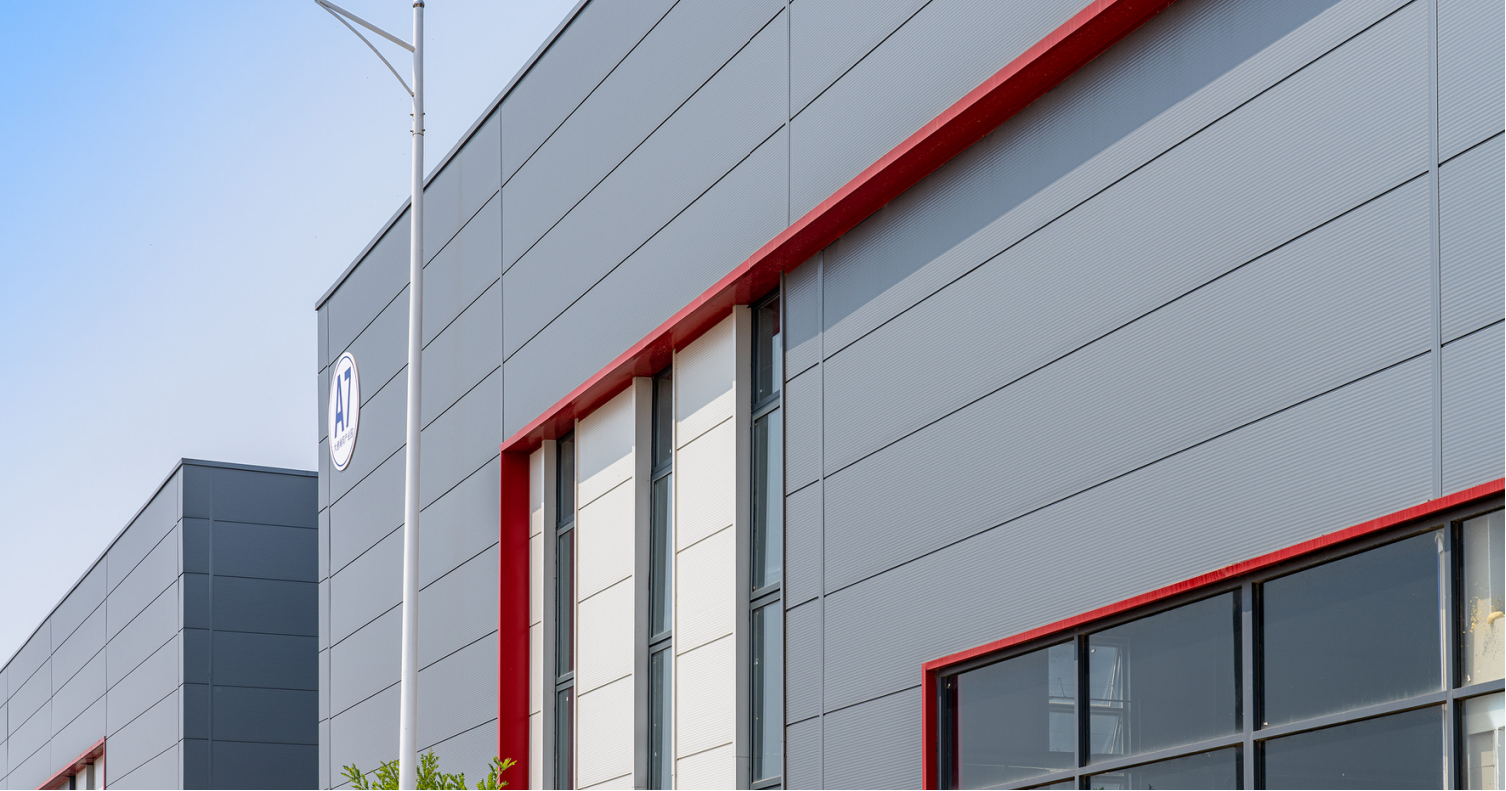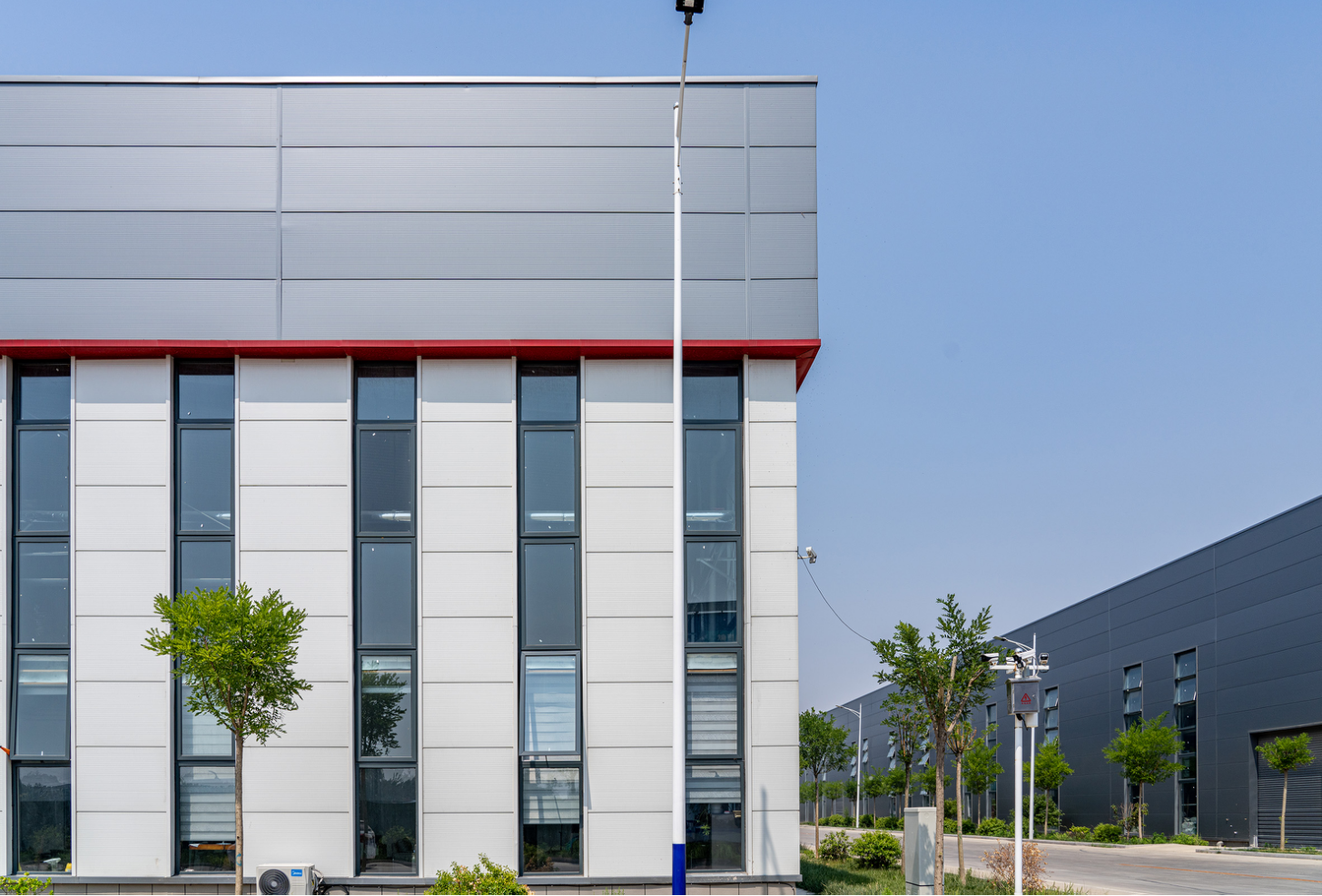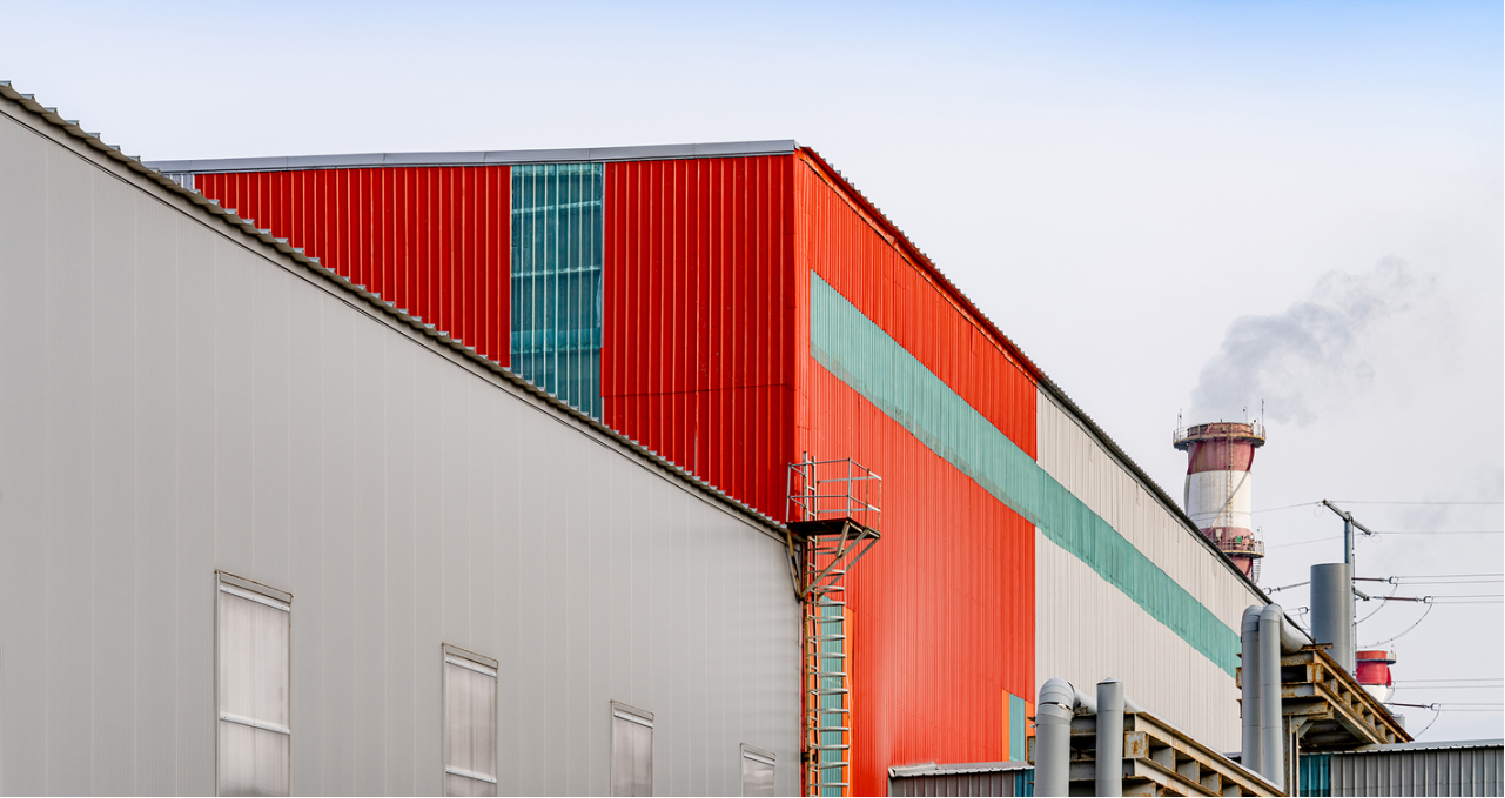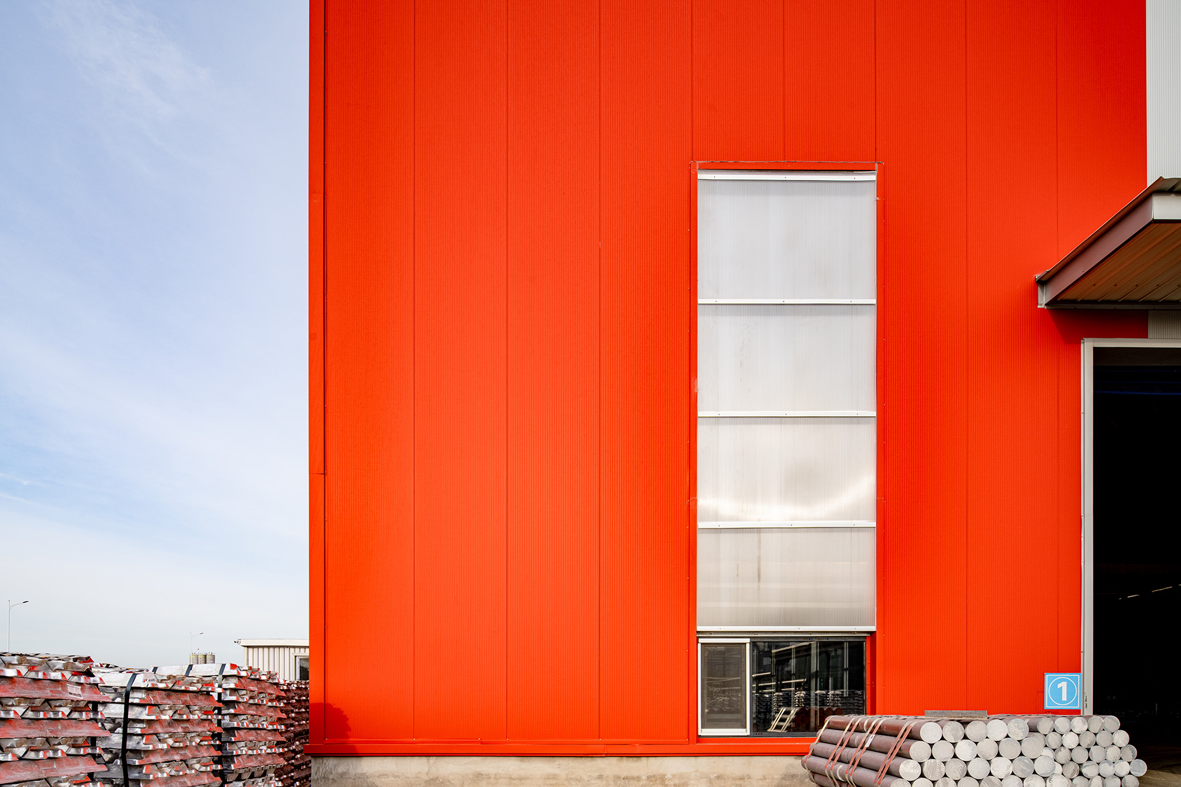The appearance of a building is no longer just about aesthetics—it also plays a role in energy efficiency and sustainability. That is why architects increasingly turn to the facade sandwich panel as part of modern construction design. These panels combine beauty with performance, making them a cornerstone of contemporary architecture. When used together with structural sandwich panels and the cost-effective 50mm sandwich panel, they provide a comprehensive solution for modern building projects.

The facade sandwich panel is designed to create visually attractive exteriors without compromising insulation or durability. By integrating an insulated core with strong steel or aluminum sheets, these panels improve thermal performance, reduce energy consumption, and enhance indoor comfort. Their modular design also allows for quick installation, saving both time and labor costs compared to traditional facade systems.
At the same time, structural sandwich panels are critical for ensuring that the building envelope provides strength and resilience. These panels are widely used in industrial, logistics, and cold storage facilities where high durability is essential. Their ability to combine load-bearing capacity with thermal efficiency makes them a reliable choice for demanding projects.

For smaller-scale or budget-conscious developments, the 50mm sandwich panel is an excellent solution. With sufficient insulation for many applications, this panel type is widely used for internal partitions, workshops, and even external walls where moderate insulation is acceptable. Its versatility and affordability make it one of the most widely used options in the market.
One of the key advantages of all sandwich panel systems is their sustainability. By reducing heat transfer and improving energy efficiency, they lower operating costs and minimize environmental impact. Additionally, they are resistant to harsh weather, fire, and moisture, ensuring long-term performance in diverse conditions.
Another advantage is design flexibility. Facade sandwich panels can be manufactured in various finishes, colors, and textures, allowing architects to achieve the desired visual effect without compromising building performance. This makes them particularly popular for office complexes, retail buildings, and modern residential developments.
In conclusion, the facade sandwich panel, supported by structural sandwich panels and the 50mm sandwich panel, provides a complete solution that meets the needs of both developers and architects. Combining aesthetics, durability, and energy efficiency, these panels are transforming the way buildings are designed and constructed. With innovative solutions from WISKIND, the construction industry continues to move toward a more sustainable and visually appealing future.

